Watching the new garden/reserve develop, each day has been an amazing spectacle to observe. The local wildlife has reacted to the changing habitat in some interesting ways and I have already seen an increase in bee and butterfly activity. The butterflies or to be more exact the Small and Large Whites have been attracted by the accidental cabbage that is growing in amongst the new flowers, which tells me sometimes accidental plants can be beneficial. After six weeks there was enough flowers in bloom to create a food source for at least 3 bee species and Gatekeeper butterfly was observed attempting to feed on the Borage. The Borage itself was proving to be an interesting species in the new area as I had grown them from seed and they were already the dominant species in the meadow area. I am aware of how quickly Borage can take over and shade out the smaller delicate flowers and with this in mind I did some weeding and removed some of the many emerging plants.
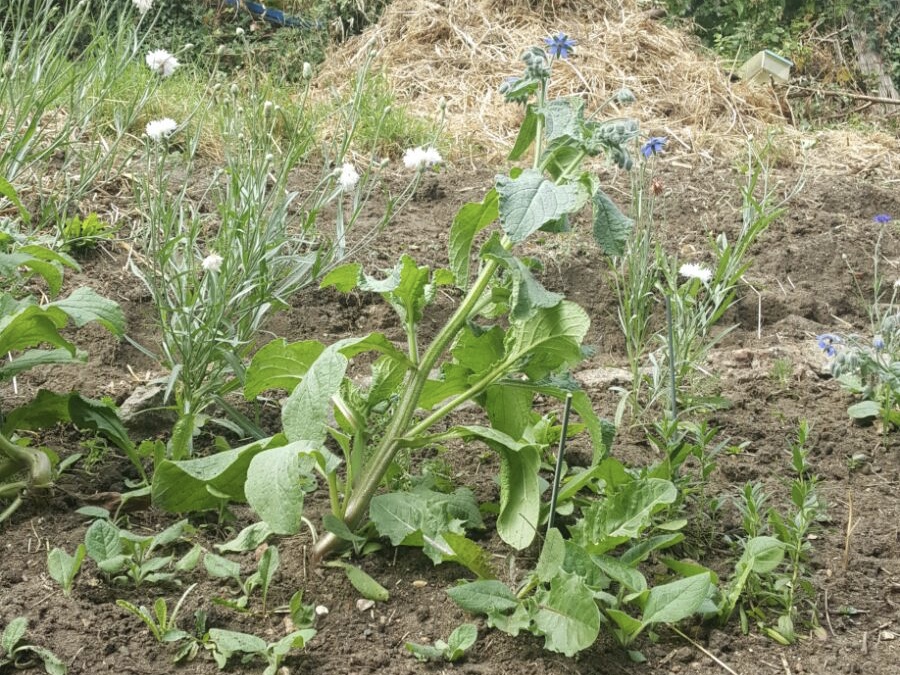
As I realised when I started work, the results for this year would not be the end result for the project. For although after six weeks there were flowers in bloom and insects were visiting the flowers, it would take time for a sustainable balance to establish. That said there were also a few practical jobs that needed to be carried out once the ground had been dug over. As the site is on a slope some of the earth tumbled down when I turned the earth over. This was not only messy in a communal area but I need to try and establish some plants in the ground so their root systems could spread and hold the ground together. This was achieved in some areas and the mini avalanches have lessened but the problem has been made worse by the drought that we are still experiencing as I write this.
The establishment of a wildflower meadow in the middle of summer, in the middle of a so far six week drought seems a bit stupid but as I hope you all know, nature is a powerful and resilient force to be reckoned with for although I have watered the plants they have only received a couple of watering cans a day and been left for a couple of days with no water on weekly basis since they were planted and I have yet to lose any plants. This is some indication as to the drought tolerant wild flowers are in comparison to many vegetables and garden cultivars that the majority of the population grow in their gardens.
Feeling pleased so far with this year’s results I decided to spend a invest a little money by buying some extra plants and even though I have seen the resilience and power of natural species, this time I upgraded to plant plugs hopefully giving them a better chance of establishing themselves. We shall have to wait and see what happens as I still have an image in my head of insect filled meadowland. Itself starting to happen already and it’s looking good for next year.
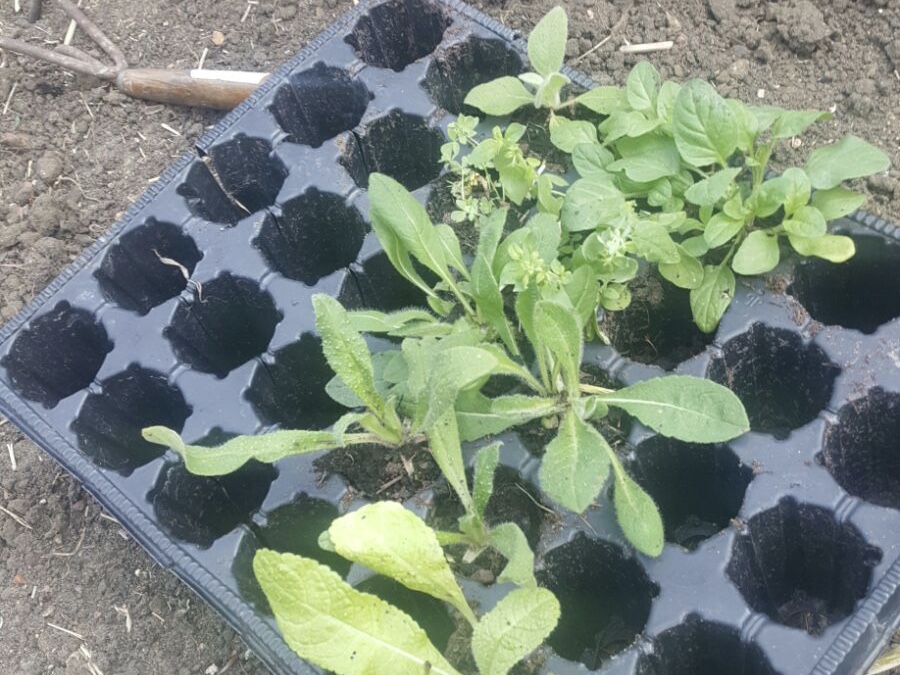
When trying to attract wildlife to an area, it is always helpful to know what is actually already there in the first place. With this knowledge you can help to encourage wildlife to your area with the provision of food and cover so they can flourish. My project was trying to create a new habitat, particularly for insects of the species already present in the area. I have lived at my flat for seven years and over that time I have observed many interesting species of various different groups and felt that the creation of a wildflower area would help a number of those I have already observed. To further my knowledge earlier this year I got a moth trap and started recording the species in area. Moths are good indicators of how healthy a habitat is because like butterflies, they are sensitive to changes of vegetation and habitats in general. Like the UKs butterflies, moth numbers are falling because of habitat loss and this shows that we are needing to create new habitats to help these populations survive. I had also thought that if I could find out which moth species were present, I could then plant some plants that would help to encourage them to the area. After a month of trapping I have already recorded over 50 species of moth which has given me some ideas on a few more plants to put in the garden.
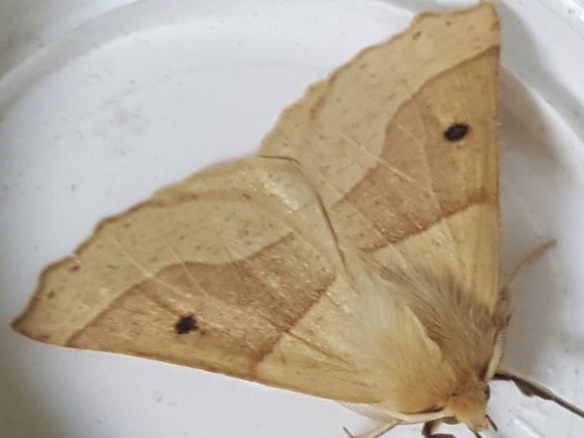
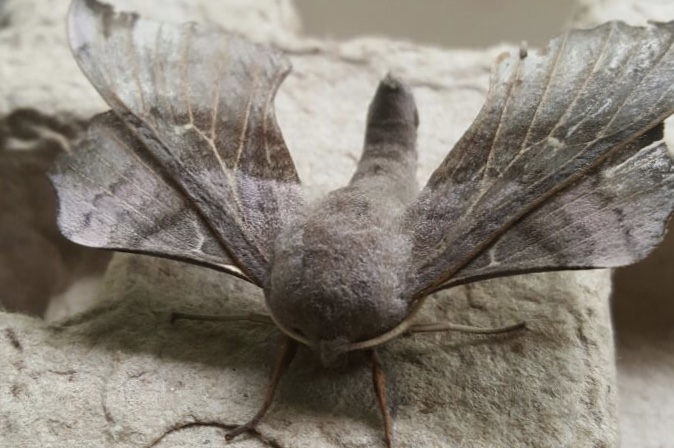
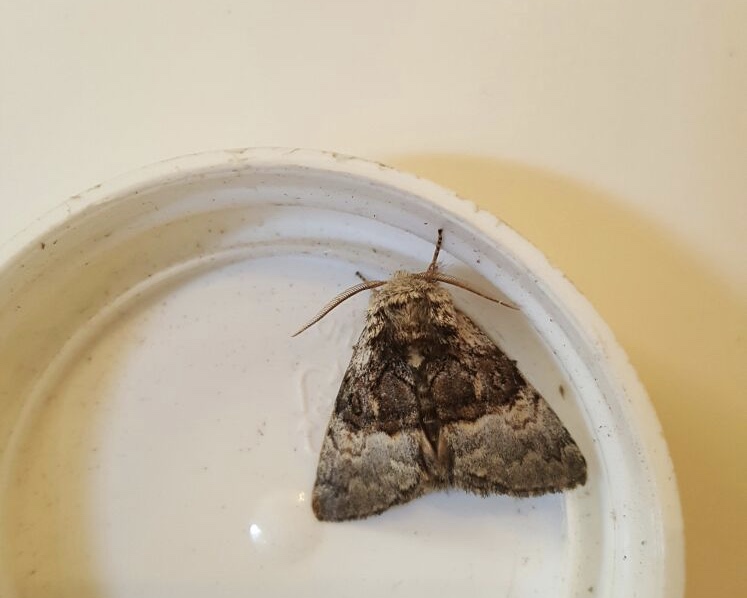
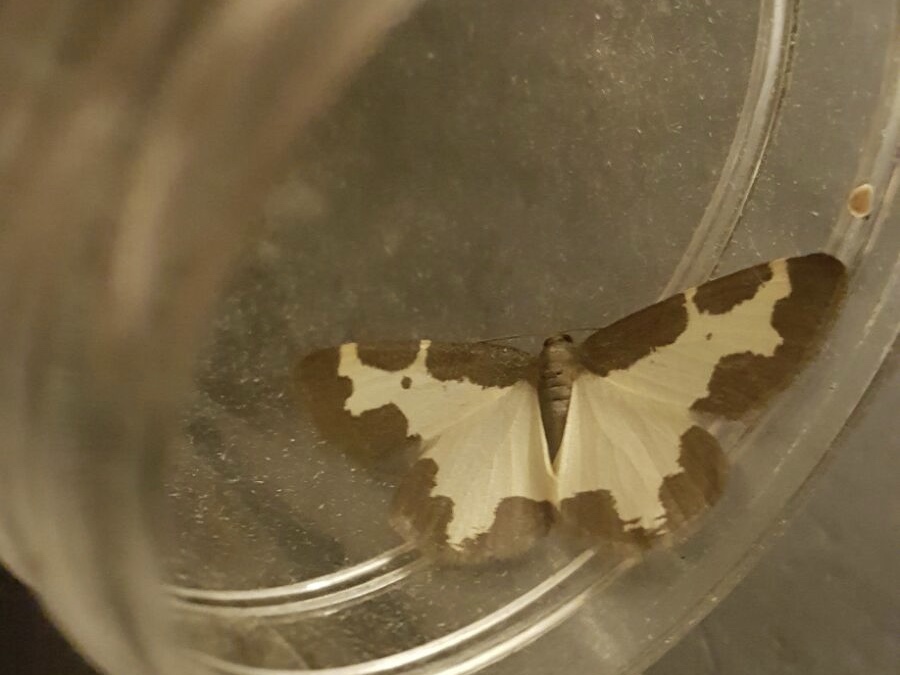
By week seven things were looking promising with over 100 plants and seedlings planted and a number of these were flowering and attracting bees and butterflies on a daily basis. A Red Tailed Bumblebee was an addition to the site and has been seen regularly over the last week. The most notable thing that has happened was that we finally got some rain! It was amazing to see how the ground reacted and on the days after how the green came back into the dried out vegetation around the site. It also meant that all the weeds came up as well and I spent some time removing docks and bindweed from the meadow area trying to stop their spread.
FW
